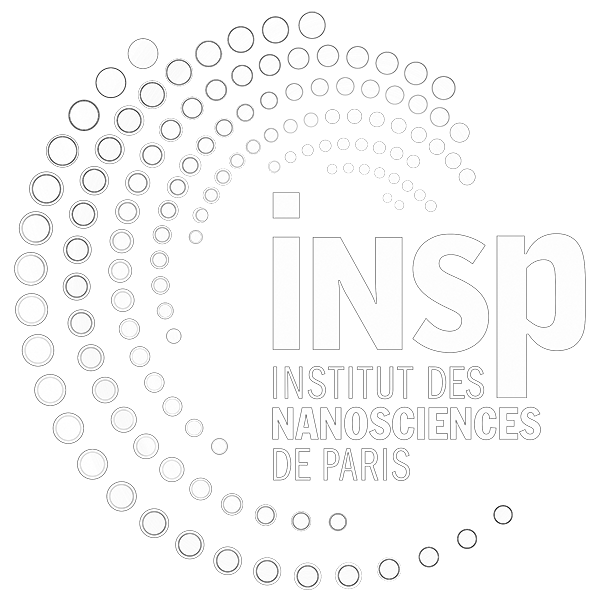Barre 22-32, 2e étage, pièce 201
Valeria Sheina – Center for Quantum Nanoscience, Institute for Basic Science, Seoul 03760, Korea and Ewha Womans University, Seoul 03760, Korea
Abstract
Scanning tunneling microscopy (STM) combined with electron spin resonance (ESR) enables a coherent control of atomic spins on surfaces. Recently, introduction of a ‘remote’ spin [1], which is free from the tunneling-induced scattering, has shown a spin relaxation time (T 1) significantly improved, but still limited by strong substrate scattering [2]. Here, we report an ESR-STM study on the spin relaxation of coupled Ti atoms (S = 1/2) on 3 ML MgO. A remote Ti showed T 1 of ~10 μs, longer by 2 orders of magnitude than remote Ti on 2 ML MgO, which is well understood by the enhanced decoupling from the substrate. However, a sensor spin’s dynamics strongly governed by scattering with tip and tunneling current, revealing T 1 of ~100 ns [3]. Tip generates an unbalance in dynamics of coupled Ti spins by introducing strong dissipation at sensor side. The present work shows that by tuning energy levels in the quantum system, the remote spin dynamics can be decoupled from sensor spin or strongly influenced via an exchange interaction between coherent states.
Coupled to the metallic leads with different strengths, sensor and remote spins can be used for quantum heat
generation. Each lead can be considered as a fermionic bath with local temperature. Inhomogeneous local bath’s temperatures can generate quantum heat flow (QHF) between two qubits via its coherent states, as a heat naturally flows from hot to cold baths in a classical system. The heat flow between two interacting qubits depends on their quantum coherence. This study is essential for quantum information processing and quantum simulation exploiting such two qubits in unbalanced environment.
References
[1] S. Phark et al. ACS Nano 2023, 17, 14144.
[2] Y. Wang et al. Science 2023, 382, 6666.
[1] W. Paul et al. Nature Phys. 2017, 13, 403.

